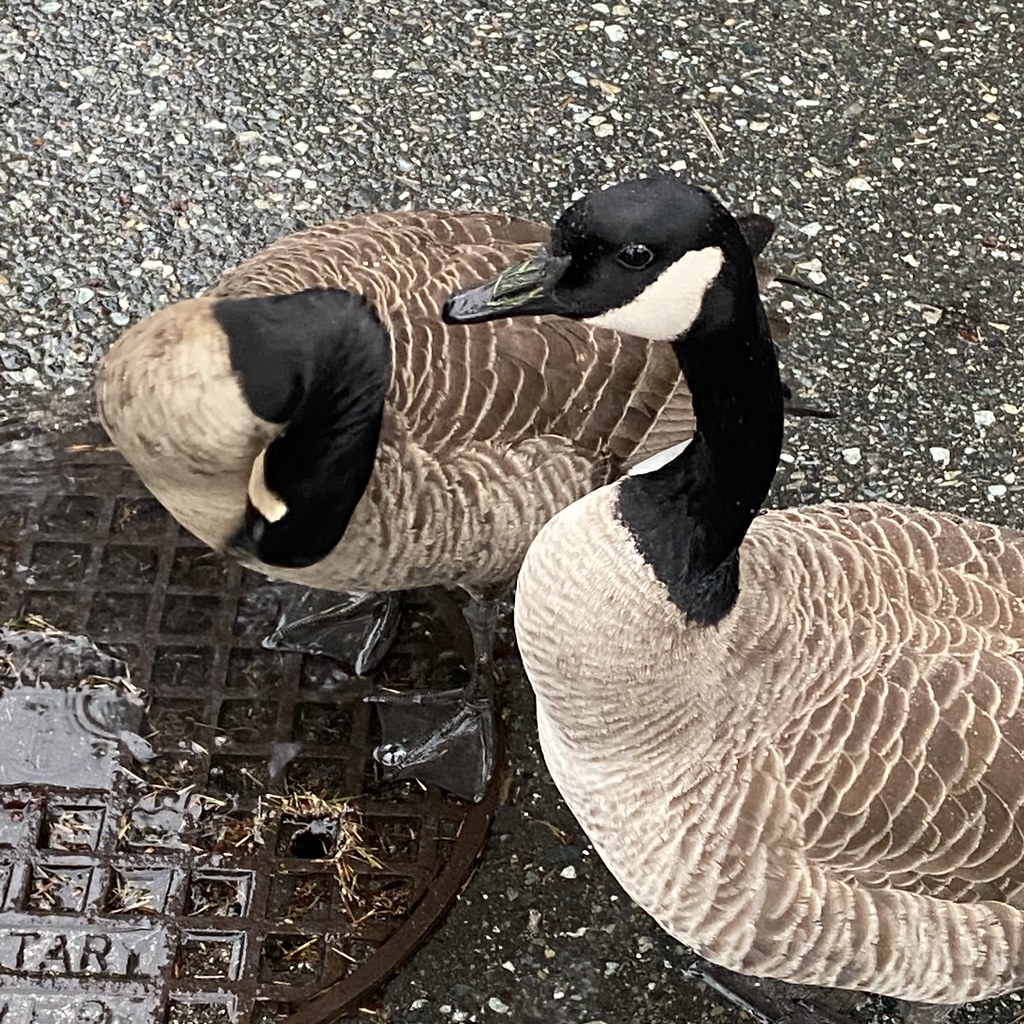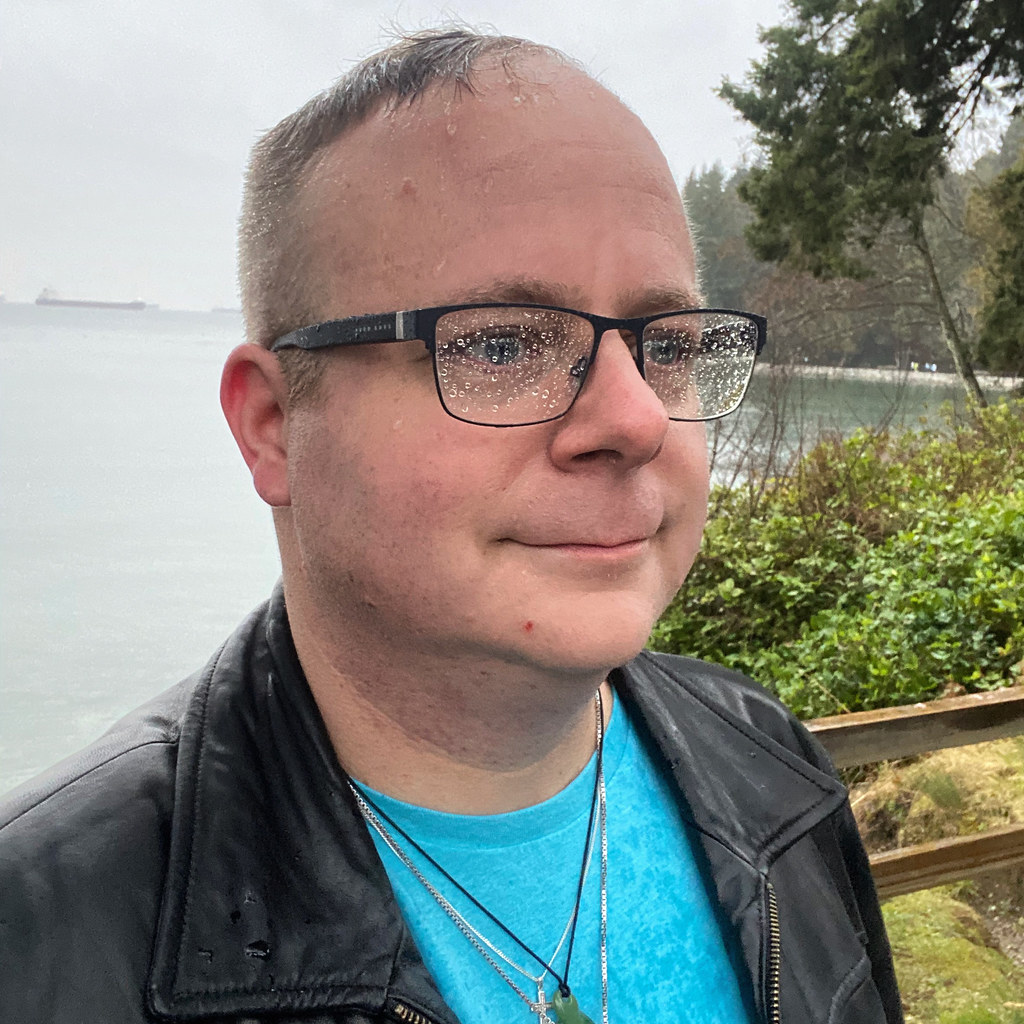On March 11, 2020 I participated alongside several Kwantlen alumni and students in a presentation organized by professor Lee Beavington called Creative by Nature: When Art & Science Collide.
The following is the text of what I discussed…
I’m Steven Lee, a Bachelor of Fine Arts student at Kwantlen Polytechnic University. I’ve also studied Creative Writing and Political Science and years ago I did a Marketing Management Diploma before working in the Student Association for a decade.
I grew up surrounded by nature. I was born in Williams Lake, where I spent my youth. A small interior town, we were surrounded by local forests, much of it crown land or unceded territory of the T’exelcemc people, who are members of the Secwepemc Nation (Shuswap people). So I didn’t know any better. This is how most towns and cities were like, wasn’t it? I remember how we spent weekends and summers at a small cabin outside of Williams Lake, on a smaller lake called Felker Lake. I remember swimming with my Father and gardening with my Mother. I remember riding my bike, hanging with neighbour kids and the cliche of rural life where you could trust your neighbours and everyone knew your name seemed real to a young kid who didn’t know any better. So a love of nature comes easily for me, it’s embedded in me.
Now, I was going to present today, the story behind this photography collage I did for Lee’s introductory interdisciplinary arts course back in 2018. It’s called WHAT YOU LEAVE BEHIND:
But when you end up spending Sunday morning at 3 AM on the phone with the suicide hotline, somethings just don’t feel as relevant as they once did. So, I want to shift my dialogue slightly to a different aspect of something I was first exposed to in the courses I took here at Kwantlen with Lee, Ross Laird and Nicola Harwood: the power of meditation and its ability to help confront and expel overwhelming negative thought. Its power to soothing to heal the soul, that part of our being which I believe forms the foundation of our creative energies. In all of their classes, they started each session with a short guided meditation design to centre and grounds students in the moment as a way of positively releasing any anxieties that might have otherwise dampen their ability to fully engage in the moment.
I’ve been quite sick this semester. Bronchitis it up almost 2 months of the term, and I’ve been confronted with a depression that’s intensified greatly over the last few weeks. But on Monday I went for a short walk along White Rock beach. And here’s a photo I took in that moment:
And yesterday I went for a longer walk on the seawall in Vancouver. In the rain.
both instances were opportunities I took to ground myself by interacting with those parts of nature that are available to us in our immediate urban landscape.
And to be honest before Monday I didn’t even know that walking could be a chance at meditation but I’ve read several books by zen Buddhist master Tich Nhat Hahn, who said:
Through the practice of walking meditation, through sitting meditation, through mindful breathing, we can cultivate calm, we can cultivate awareness, and we can cultivate compassion—and that way we will be able to sit there and listen to the other.
When I read that, I was intrigued- walking meditation? What’s a walking meditation? And Hahn answered me as he continued, explaining how:
DURING THE DAY, if you practice walking meditation, each step brings you back to the present moment; each step enables you to touch what is beautiful, what is true. And in this way, after a few weeks of practice, joy will become something possible, you will be able to undo many knots within yourself, and you will be able to transform negative energies into joy and peace.
And I definitely felt this as I walked this week. With each journey, I worked hard to be fully present in the moment as I moved through those spaces. I let the energy of the sun shining down over Semiahmoo Bay calm my nerves as I focused on my breathing. And I let the drizzling rain wet my hair and face, a kind of natural shower that cleansed my soul.
I let my mind hear the sounds of the water lapping against the shore and of the birds that were around me. These two geese were particularly noisy and present during my walk at Stanley park.
And they let me approach, to get really close, and just appreciate them for awhile as they ruffled their feathers, wiped their heads dry and squawked at two other geese off in the distance, telling them to stay away in a kind of weird territorial dispute geese seem to regularly engage in with each other.
But in these moments I also remembered to breathe, and to be mindful of my emotions, especially those that have crippled me. Hanh tells how we can speak allowed a mantra when we are dealing with difficult emotions as a way of recognizing them and being mindful of them. And so I say this to myself when I breathe in through my nose, and out through my mouth:
Breathing in—I know that I am breathing in; breathing out—I know that I am breathing out. Breathing in—I know that I am sad, lonely and lost; breathing out—I know that this fear is still in me.
But after a time, because of this mindfulness that has allowing me to care for and love myself, I have been able to begin shedding these layers of sadness so I can feel balanced again. So after my walk on Tuesday, I looked like this:
A bit more ready to create again.
Sources
Hanh, Thich Nhat. True Love: A Practice for Awakening the Heart. Translated by Sherab Chödzin Kohn, Boston & London, Shambhala, 2011. Kindle.






